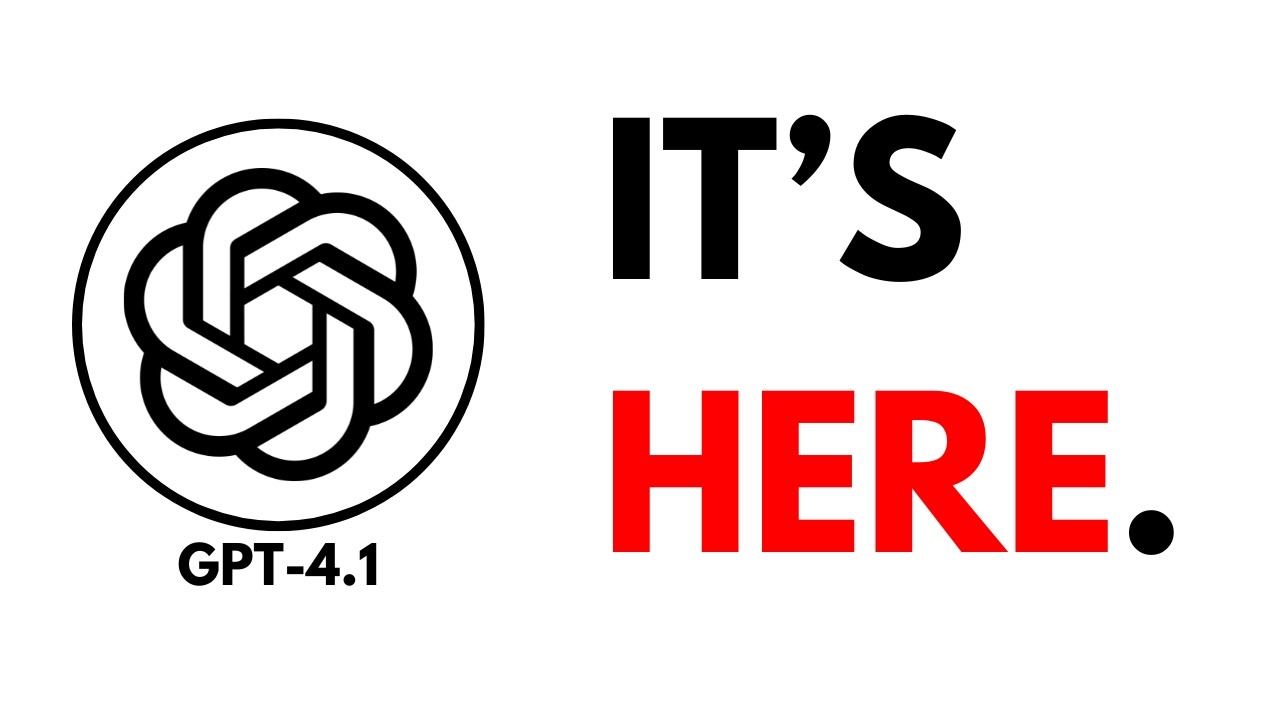The video announces the release of GPT-4.1 within ChatGPT, highlighting its superior performance over smaller models and emphasizing the importance of effective prompting to unlock its full potential, supported by a comprehensive free prompting guide. It demonstrates GPT-4.1’s capabilities in tasks like data analysis and automation, while noting that it is still limited in complex creative coding, encouraging users to refine prompts for optimal results.
The video announces the release of GPT-4.1 directly within ChatGPT, highlighting that it was previously available via the API with positive reviews. The creator emphasizes the importance of proper prompting to unlock GPT-4.1’s full potential and introduces a comprehensive prompting guide available for free in the AI Automation Hub School community. The guide provides detailed strategies for crafting effective prompts, including starting with clear roles and instructions, planning, reflection, and using specific language to improve output quality.
The presenter compares GPT-4.1 with earlier models like GPT-4 Mini and GPT-4 Nano, demonstrating that GPT-4.1 significantly outperforms smaller models in various tasks such as reasoning, coding, and data analysis. They showcase side-by-side tests, noting that GPT-4.1 is faster and produces more accurate and detailed responses, especially when given well-structured prompts. The model excels in instruction-following and agentic workflows, where it can leverage tools and continue tasks until completion, making it highly suitable for complex automation tasks.
A key part of the video is a practical demonstration where the creator inputs a large, detailed prompt asking GPT-4.1 and other models to analyze sales data and generate a comprehensive report. The results show GPT-4.1 completing the task quickly and effectively, producing well-formatted markdown reports with insights. The comparison with GPT-4 Mini High reveals that GPT-4.1 is not only faster but also capable of delivering similar quality outputs, especially when prompts are detailed and specific. The creator emphasizes that prompt quality is crucial for optimal results.
The video then explores the extensive prompting guide provided by OpenAI, which covers best practices such as defining roles, giving explicit instructions, planning, reflection, and formatting output. The creator stresses that effective prompting involves being specific, constraining open-ended questions, and iteratively refining prompts through testing. They caution against vague or passive prompts, explaining that AI models perform best when given clear, detailed instructions and when users actively guide the process.
Finally, the creator tests GPT-4.1 in creative coding tasks, such as building a physics lesson website with interactive demos. While GPT-4.1 produces some promising code snippets, the results are mixed, with some outputs failing to work or taking too long to generate. The overall conclusion is that GPT-4.1 is not yet a game-changer for creative or complex coding tasks, but it remains a useful tool for AI workflows and idea validation. The video concludes with a call to action to join the community for more resources, templates, and updates on AI development.
